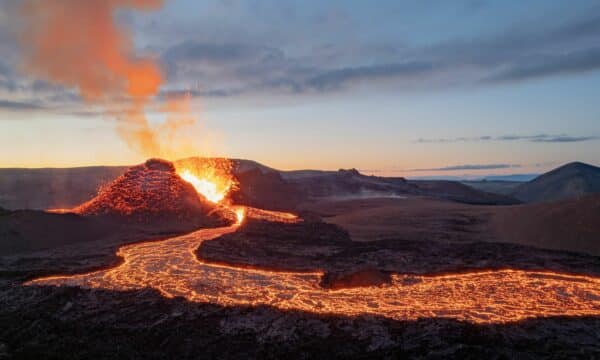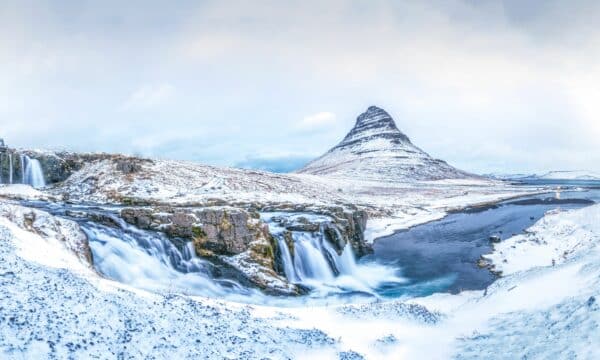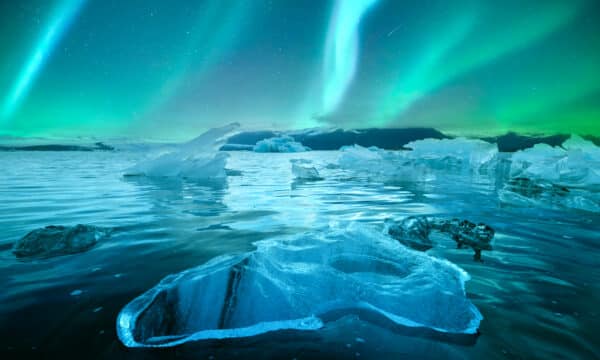- Cover photo: Forseti.is
Yesterday, Icelanders took to the voting booths to select their next presidents. In the running were the sitting president, Guðni Th. Jóhannesson and his opponent, entrepreneur Guðmundur Franklín Jónsson.
In a landslide victory, incumbent president Guðni Th. Jóhannesson received 92.2% of the votes against Guðmundur Franklín Jónsson’s 7.8%.
The voter turnout was around 66.9% of the 252,217 Icelanders eligible.
Special “quarantine booths” were set up for those unable to go inside to vote, allowing them to cast their ballot inside a tent without leaving their car. Inside the polling places, social distancing was practised and each booth cleaned after being used.
Voting polls in the previous days had shown that president Jóhannesson had around 90% following, meaning that these results were perhaps a surprise to no one.
- Thinking about visiting Iceland? Browse our whole selection of tours
Who were the Candidates for the 2020 Iceland Presidential Elections?

Two people ran for president in Iceland in 2020, incumbent president Guðni Th. Jóhannesson and his challenger, Guðmundur Franklín Jónsson.
Iceland’s 6th President, Guðni Th. Jóhannesson
In his New Year’s address on the 1st of January 2020, incumbent president of Iceland, Guðni Th. Jóhannesson announced that he would seek re-election.
He was elected president of Iceland in 2016, taking over from President Ólafur Ragnar Grímsson who stepped down after 20 years in the office. Jóhannesson was only 48 when he took office, making him the youngest person to serve as this country’s president.
- Explore Iceland with a Self-Drive Tour
Before his candidacy, Jóhannesson was working as a senior lecturer at the University of Iceland. His field of research was modern history, and he holds several degrees in both history and political science, including a PhD in history from Queen Mary, University of London.
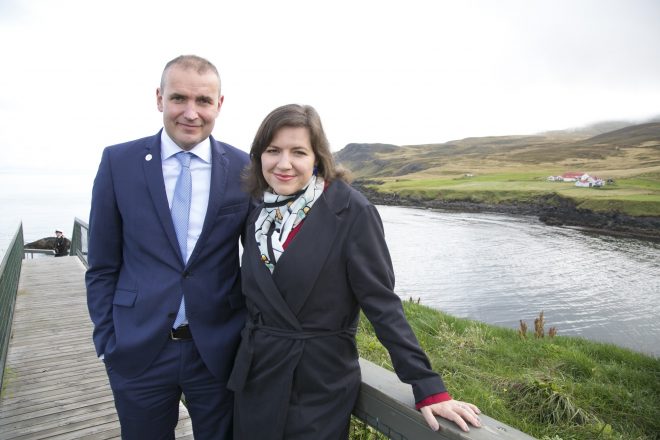
Early into his term, in late October, Iceland held an election for Alþingi, Iceland’s parliament. Jóhannesson had to oversee negotiations to form a government which was a complicated process as no pre-election coalition had a majority, and the majority parties were at opposite ends of the political spectrum. Despite all of that, a coalition was formed which has held to this day.
International Scandal
Jóhannesson became the first president to give a speech at the Reykjavík Pride Parade. Furthermore, he created a Facebook page for the presidential office, where he tries to answer any questions the public has for him.
However, it was in February of 2017 when Guðni Th. Jóhannesson captured the world’s attention with a scandalous remark.

While speaking at a high school in North Iceland, Jóhannesson admitted that if he had his ways, he would ban pineapples on pizzas. This seemingly innocent remark split the nation, perhaps the world, in half. Twitter lit up, and people were either rallying for the topping or against it, with even the Canadian Prime Minister chiming in stating he was #TeamPineapple.
Jóhannesson later apologised for the remark on Facebook, stating that he went “too far”:
“I like pineapples, just not on pizza. I do not have the power to make laws which forbid people to put pineapples on their pizza. I am glad that I do not hold such power. Presidents should not have unlimited power. I would not want to hold this position if I could pass laws forbidding that which I don’t like. I would not want to live in such a country.”
Despite the pineapple scandal, Jóhannesson’s approval ratings have been very high throughout his term, measuring at 68,6% after a month in office and reaching as high as 97% in December of 2016, which is unprecedented for Icelandic politicians.
In 2019 his approval rating was at 93.5%, meaning it came to a surprise to most Icelanders that anybody wanted to challenge him.
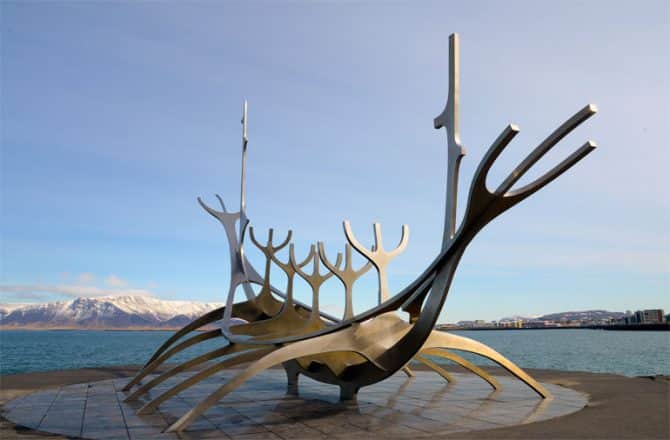
In fact, six men announced that they intended to run for office, including a noted conspiracy theorist. Only Guðni Th. Jóhannesson and the challenger Guðmundur Franklín Jónsson managed to gather the required number of signatures to get on a ballot.
The Challenger, Guðmundur Franklín Jónsson
Guðmundur Franklín Jónsson is a businessman and entrepreneur with a degree in business and economics.
He is the founder of the parliament group Hægri Grænir (Right Green) which ran for parliament in 2013 and received about 1.7% of the votes. However, Jónsson himself wasn’t eligible to sit at Alþingi as his legal address was not in Iceland.

In 2016, Jónsson planned on running in the presidential elections to take over for former president Ólafur Ragnar Grímsson. However, he didn’t get enough signatures to get on the ballot.
- Explore the Icelandic Wilderness with an Off the Beaten Path Tour
His 2020 campaign seemed to be more focused on besmirching the incumbent president, calling him “weak” and a “globalist”, and even criticising the First Lady. His platform has been focused more on Jóhannesson’s refusal to veto a law approved by Alþingi which regarded the European Union’s Third Energy Package.
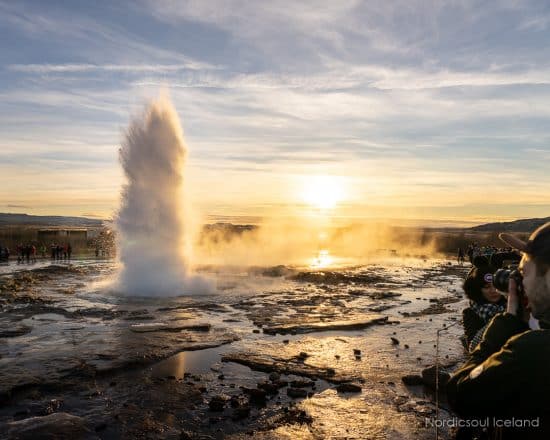
Throughout the campaign, Guðni Th. Jóhannesson has kept his cool, not letting Jónsson’s comments affect him and made sure not to stoop down on his level.
President Guðni Th. Jóhannesson said once the results were in, that serving as president has been a privilege and that he looks forward to serving the Icelandic people for at least four more years.
What is the Role of Iceland’s President?
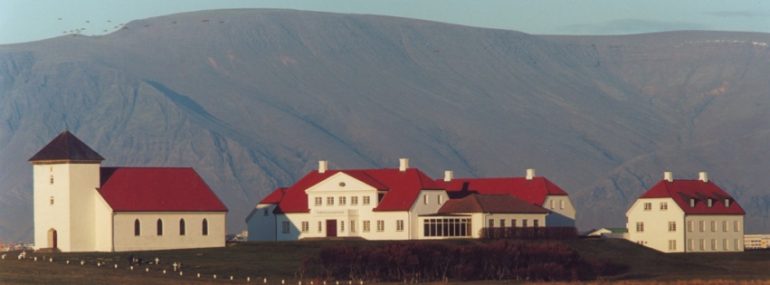
The President of Iceland is the country’s head of state. They are elected to a four-year term by popular vote, renewable indefinitely as long as the incumbent wins presidential elections (like Guðni Th. Jóhannesson did now) or is uncontested.
The president is elected by plurality in a single round of voting. Presidential candidates must be Icelandic citizens and at least 35 years of age on election day. Furthermore, candidates need to get signatures of at least 1,500 commendations.
- Explore the birthplace of Iceland’s parliament on a Golden Circle Tour
The number of commendations is now being debated by the public, as many people claim that it is not high enough. The number was set into Iceland’s constitution in 1944 when the population of Iceland was around 126,000 (compared to today’s 360,000).
Guðni Th. Jóhannesson got his 1,500 signatures within an hour while Guðmundur Franklín took a few days to reach his minimum. The public of Iceland feels like that a support of only 1,500 people is not enough to warrant a costly election, especially now in times of COVID-19.
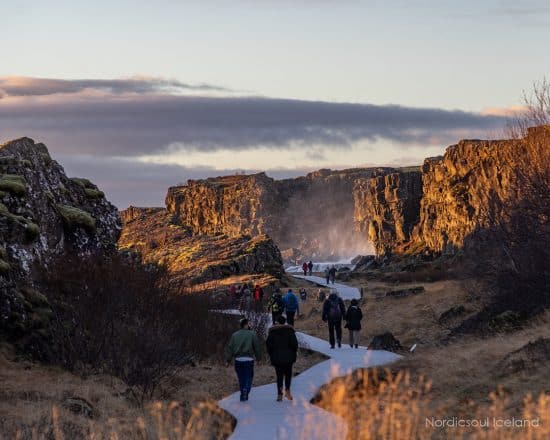
One of the roles of the president is to appoint ministers to the Cabinet of Iceland, determine their number, and the division of assignments. After general elections for Alþingi, it is the president’s role to designate a party leader who will formally start negotiations to form a coalition government.
Article 2 of the Icelandic constitution states that the president shares legislative power with the Parliament. This means that the president signs bills passed by the Parliament into law or can choose not to sign them. Ólafur Ragnar Grímsson is the only president who vetoed legislation from the Parliament, which he did on three occasions.
The Icelandic constitution states the president also has the power to submit bills and resolutions to Parliament. However, no president has ever exercised that right and that right is not in Iceland’s proposed new constitution (which has not been approved by Alþingi).
Former Presidents of Iceland
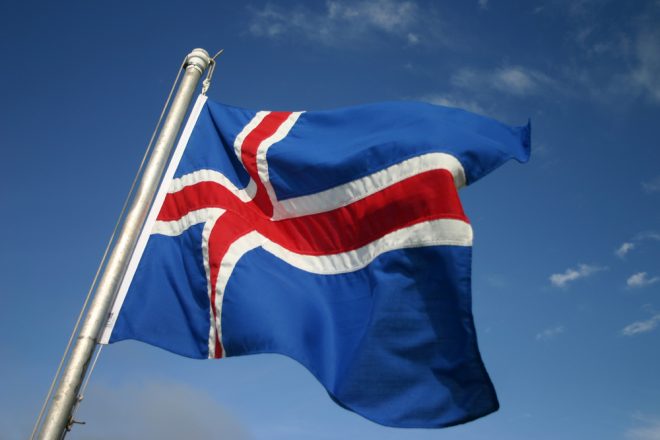
Iceland became a republic in 1944 after Icelanders voted to abolish the Union with Denmark and adopt a new republican constitution.
The position of King of Iceland was replaced by the president of Iceland, and according to a transitional provision of the new constitution, the first president should be elected by the Parliament.
Iceland’s First Three Presidents
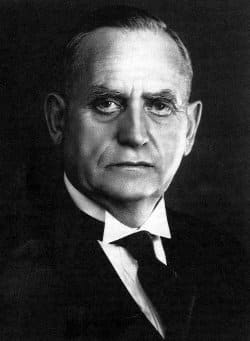
Iceland’s first president, Sveinn Björnsson, was elected by Alþingi in 1944. His first term was only one year, since Icelanders, and not the Parliament, were to elect their president directly. He was re-elected as president in 1945 and again in 1949 without opposition.
Sveinn was in poor health and passed away in Reykjavík in 1952, the only president in Iceland to have died in office.
In a closely contested election in 1952, which had been called upon early due to the death of Sveinn Björnsson, Ásgeir Ásgeirsson was elected president. He was re-elected unopposed in 1956, 1960, and 1964 but decided not to run again in 1968.
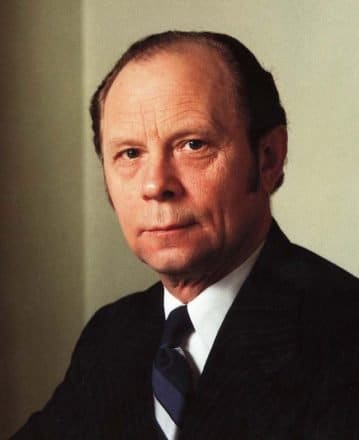
It was widely expected that Ásgeirsson’s son-in-law, ambassador Gunnar Thoroddsen would be elected as his successor. However, the election went to Kristján Eldjárn, who was considered an underdog at the beginning of his campaign.
Kristján Eldjárn was re-elected unopposed in 1972 and 1976. However, he decided not to run again in 1980, choosing instead to devote his time to his academic work.
World’s First Female President
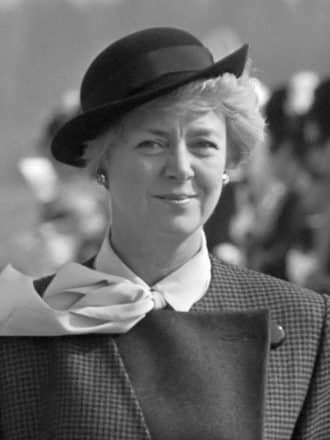
The fourth president of Iceland is Vigdís Finnbogadóttir, the world’s first democratically elected female president. She is also the longest-serving elected female head of state of any country to date, having served sixteen years as president.
In the years prior, the Icelandic women’s movement had been very active. During the International Women’s Year in 1975, 90% of Icelandic women went on strike to demonstrate the importance of women’s undervalued work. Before the 1980 election, the women’s movement focused on finding a female candidate.
After much persuasion, Vigdís Finnbogadóttir accepted to run against three male candidates which she narrowly beat with 33.6% of the national vote. She became very popular and was re-elected three times, unopposed twice in 1984 and 1992. Another woman ran against her in 1988, but in a landslide victory, Finnbogadóttir received 94.6% of the votes.
She decided not to run for re-election in 1996 and was succeeded by Ólafur Ragnar Grímsson, who is Iceland’s longest-serving president.
IceSave & Panama Papers
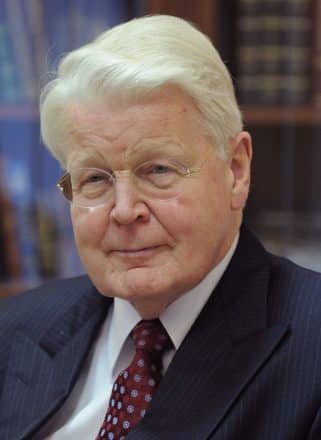
Ólafur Ragnar Grímsson served as president for 20 years, running unopposed in 2000 and 2008 but with opposition in 2004 and 2012.
He was the country’s president during the 2008 financial crisis where he exercised his presidential right to veto measures of the Icelandic government.
Alþingi had agreed to repay the governments of Britain and the Netherlands for their bailouts of customers of private Icelandic banks. The dispute is known as the Icesave dispute, and Grímson’s veto was upheld by the people of Iceland when they voted about it in March of 2010.
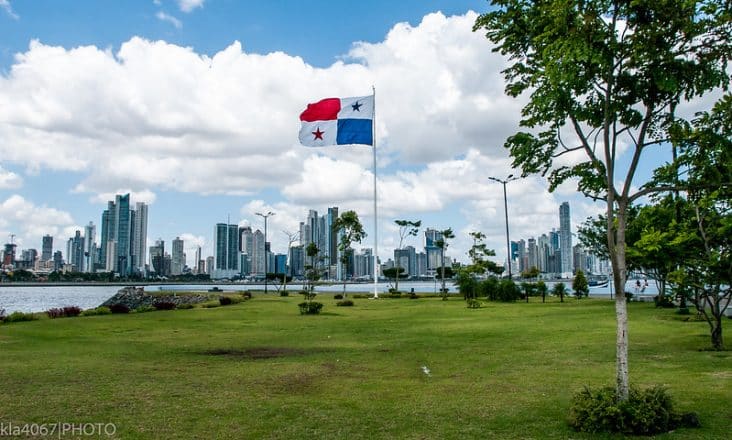
Ólafur Ragnar Grímsson stated in his New Year’s address to the nation in 2016 that he would seek not re-election. He changed his mind later that year, citing political unrest due to the Panama Papers scandal which implicated Iceland’s PM, Sigmundur Davíð Gunnlaugsson, who was then forced to resign.
This is despite Grímsson’s wife, Dorrit Moussaieff, having connections to an offshore company in the British Virgin Islands. The president denied any personal or family ties to companies in tax havens.
He changed his mind again and decided against seeking re-election in 2019. His successor was Guðni Th. Jóhannesson, Iceland’s current president.

